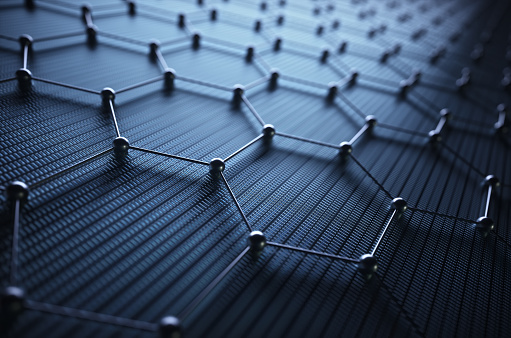Engineers Create Gold-Rich Titanium Dioxide Nanocluster for Enhanced Solar Energy Collection
A team of researchers from the University of Nebraska–Lincoln have developed a new type of titanium dioxide nanomaterial that could revolutionize solar energy conversion. The nanomaterial consists of gold nanoclusters embedded in a titanium dioxide matrix. This new material is highly efficient at converting solar energy into electricity, even at low light levels, and has the potential to make solar energy conversion much more efficient and cost-effective. The gold nanoclusters are able to absorb a wide range of wavelengths of light, resulting in a higher electrical current than traditional titanium dioxide materials. In addition, the gold nanoclusters create a stable structure within the titanium dioxide matrix, allowing for increased durability and reduced manufacturing costs. This new material could be a game-changer in the solar energy industry and is one of the most promising breakthroughs in the field in recent years.
source: Phys.org
